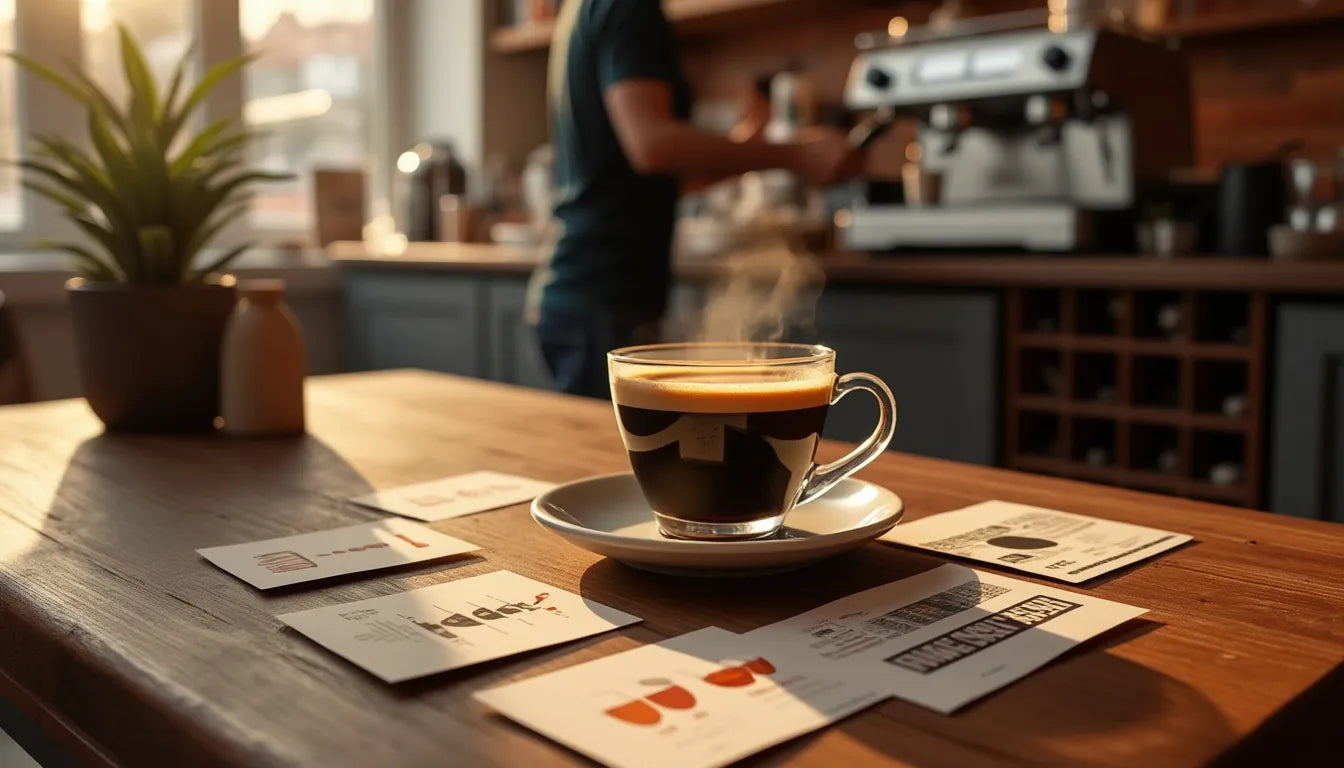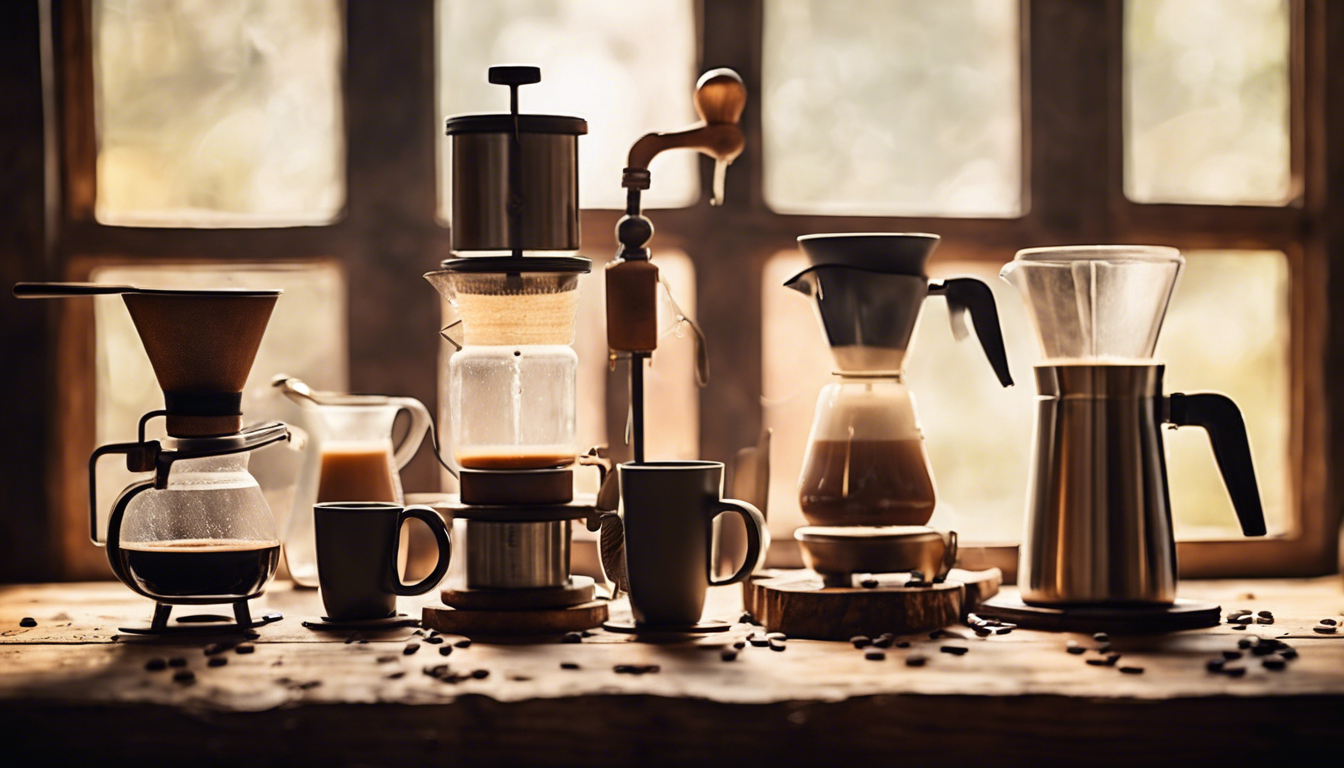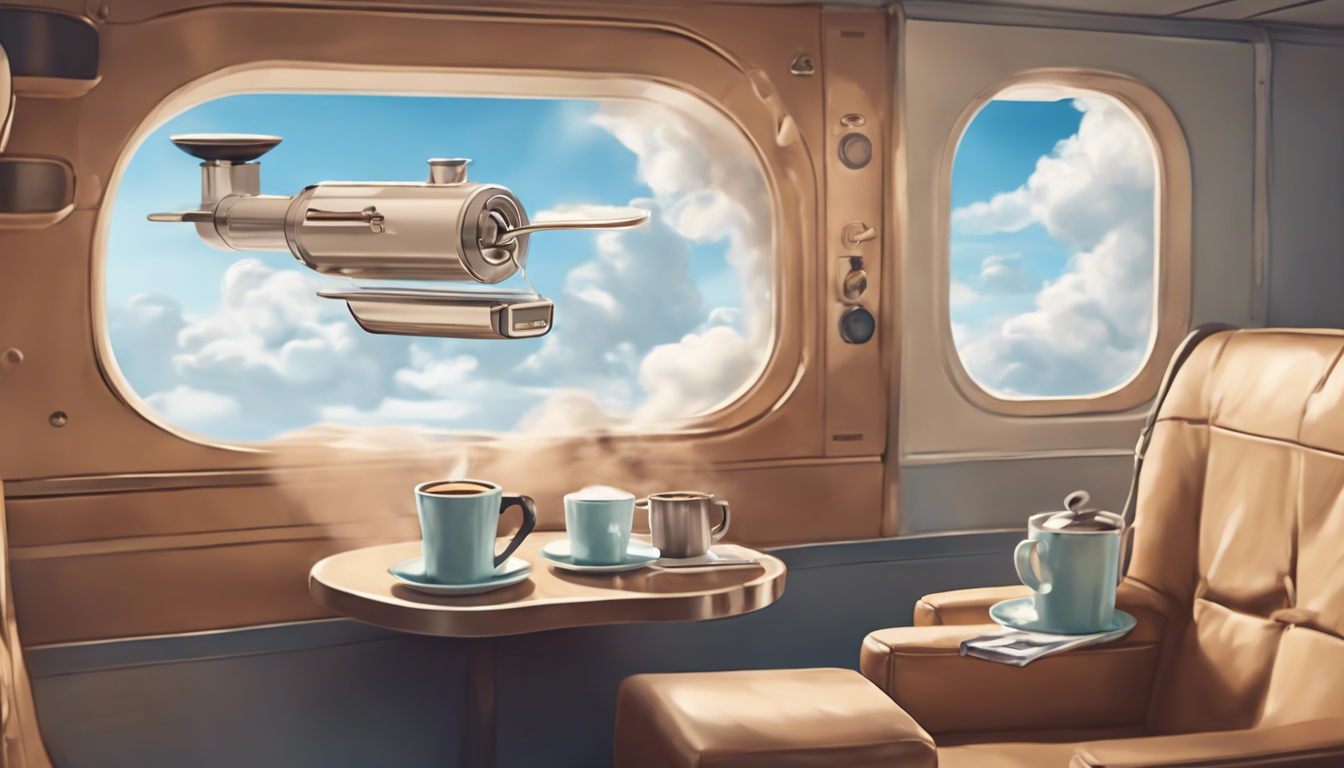Understanding Espresso Caffeine Levels: How Much is in Your Cup?

Understanding Espresso Caffeine Levels: How Much is in Your Cup?
For many caffeine enthusiasts, there's nothing quite like the robust aroma and rich flavor of espresso. But beyond the taste, what really captures the attention of coffee lovers is the caffeine kick it delivers. In this article, we delve into the enigmatic world of espresso caffeine levels to provide you with a clearer picture of how much zest you’re actually sipping.
What Defines an Espresso?
Before venturing into caffeine details, let's clarify what espresso is. Espresso isn't just any coffee; it's brewed by forcing a small amount of nearly boiling water under pressure through finely-ground coffee beans. This process gives espresso its concentrated, strong flavor and characteristic creamy layer known as crema. A typical serving is small, often termed a 'shot,' yet it packs a punch both in taste and caffeine content.
The Caffeine Content in Espresso: Fact and Myth
One of the common misconceptions is that espresso contains more caffeine than other coffee beverages due to its intense flavor and smaller serving size. While espresso has a higher caffeine concentration per ounce compared to drip coffee, standard serving sizes tilt the scales.
On average, a single shot of espresso, which measures about 1 ounce, contains approximately 63 milligrams of caffeine. Comparatively, an 8-ounce cup of brewed coffee contains approximately 95 milligrams of caffeine. Therefore, although ounce for ounce, espresso is richer in caffeine, a standard cup of coffee usually contains more caffeine overall.
Factors Influencing Espresso Caffeine Levels
Several variables can influence the caffeine content in your espresso, making it a rather dynamic drink:
- Bean Variety: Arabica beans generally contain less caffeine than Robusta beans. Therefore, the type of bean you choose can affect your espresso’s caffeine level.
- Roast Profile: Darker roasts tend to have slightly less caffeine than lighter roasts due to the longer roasting process, which can break down some caffeine molecules.
- Brewing Time and Pressure: Modifying the time or the pressure during the brewing process can slightly alter the caffeine extraction. More extended brewing or higher pressure can lead to more caffeine making it into your cup.
Enjoying Espresso Mindfully
Considering the variations in espresso caffeine levels, it’s essential to enjoy this delicious elixir in moderation, especially if you're sensitive to caffeine. Too much caffeine can lead to unwanted jitters, sleep disturbances, and increased heart rates. If you're watching your caffeine intake, opt for single shots and savor each sip slowly.
For caffeine connoisseurs who relish their espresso with a twist, experimenting with different bean types, roasts, and blends can add just the variety you need. Regardless of your choice, espresso always promises a captivating journey with its bold presence and delightful complexity.
Conclusion
Now that you’re armed with knowledge about espresso caffeine levels, you can better appreciate the power and elegance that each tiny cup holds. From the bean selection to the brewing method, every step has its role in crafting this caffeinated masterpiece. So go on, sip confidently, and let every shot of espresso energize and enrich your day!
Ready to take your coffee experience to the next level? Don’t settle for anything less than perfect espresso, no matter where you are. Click here to grab your portable espresso machine today and enjoy barista-quality coffee on the go!



